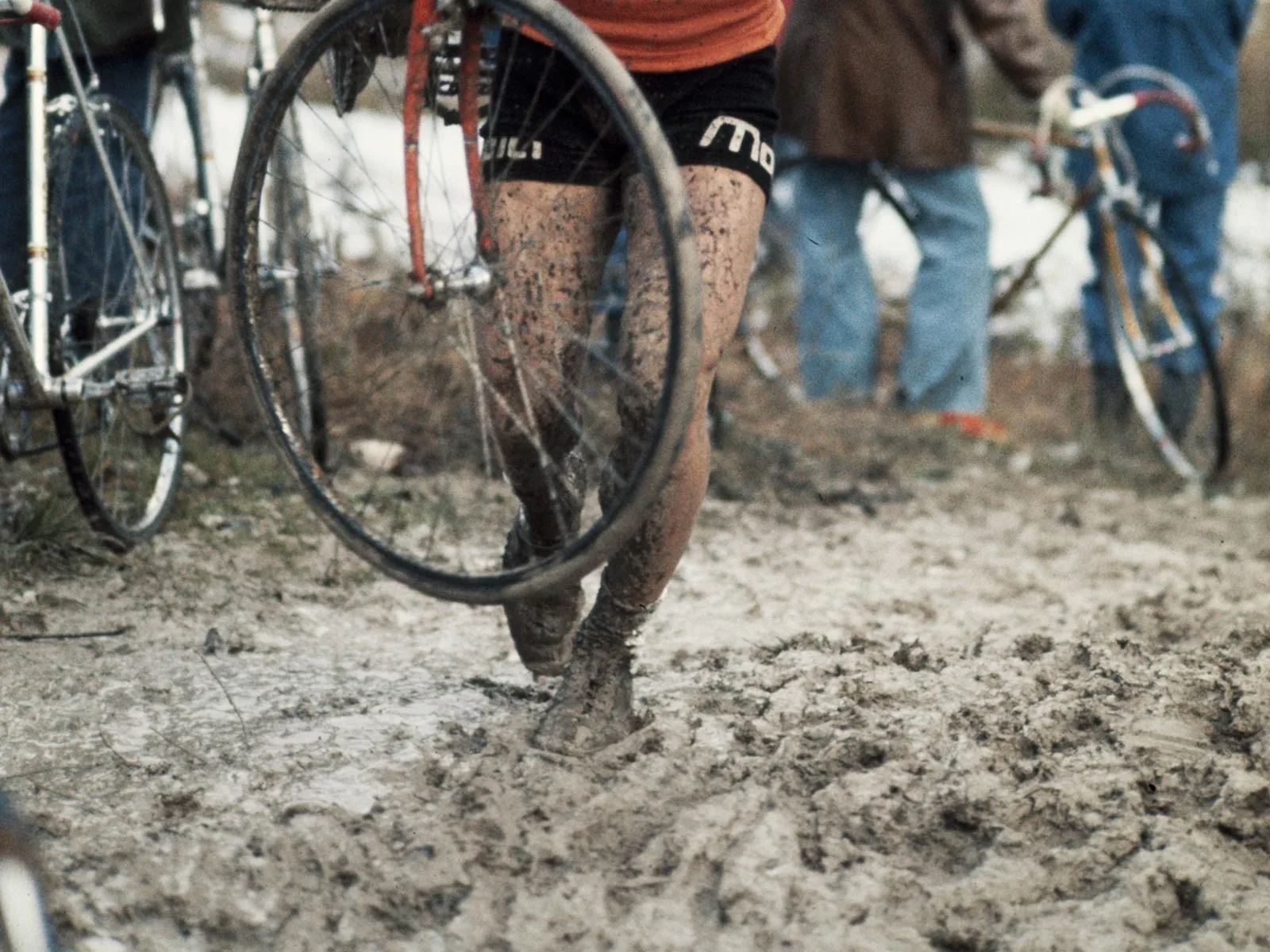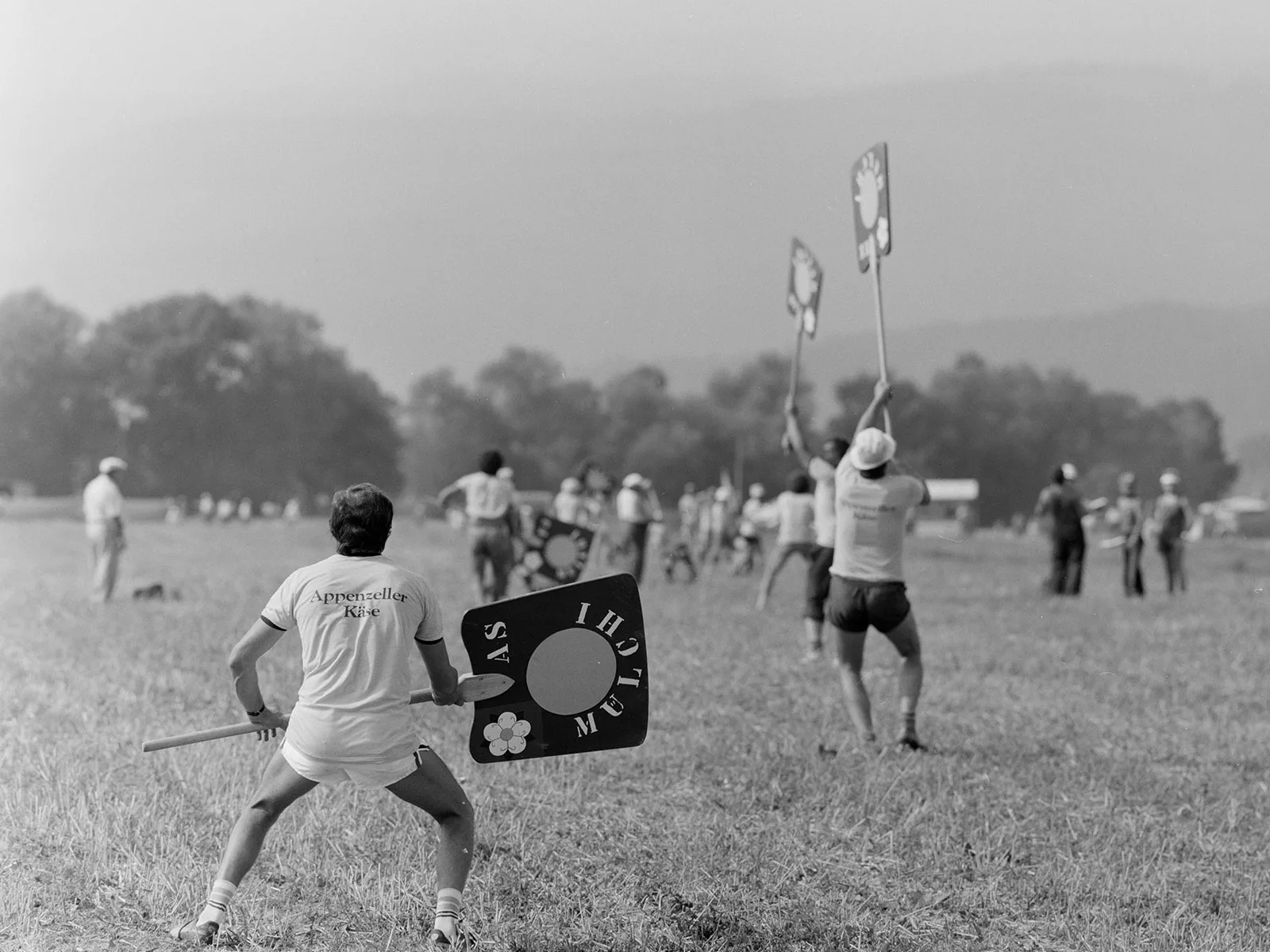
Youth and sport: in the service of your country?
Public health, educational and military lobbies have all influenced sporting pursuits since at least the 19th century. The state-sponsored sport promotion programme ‘Jugend+Sport’ and its preceding initiatives testify to that.
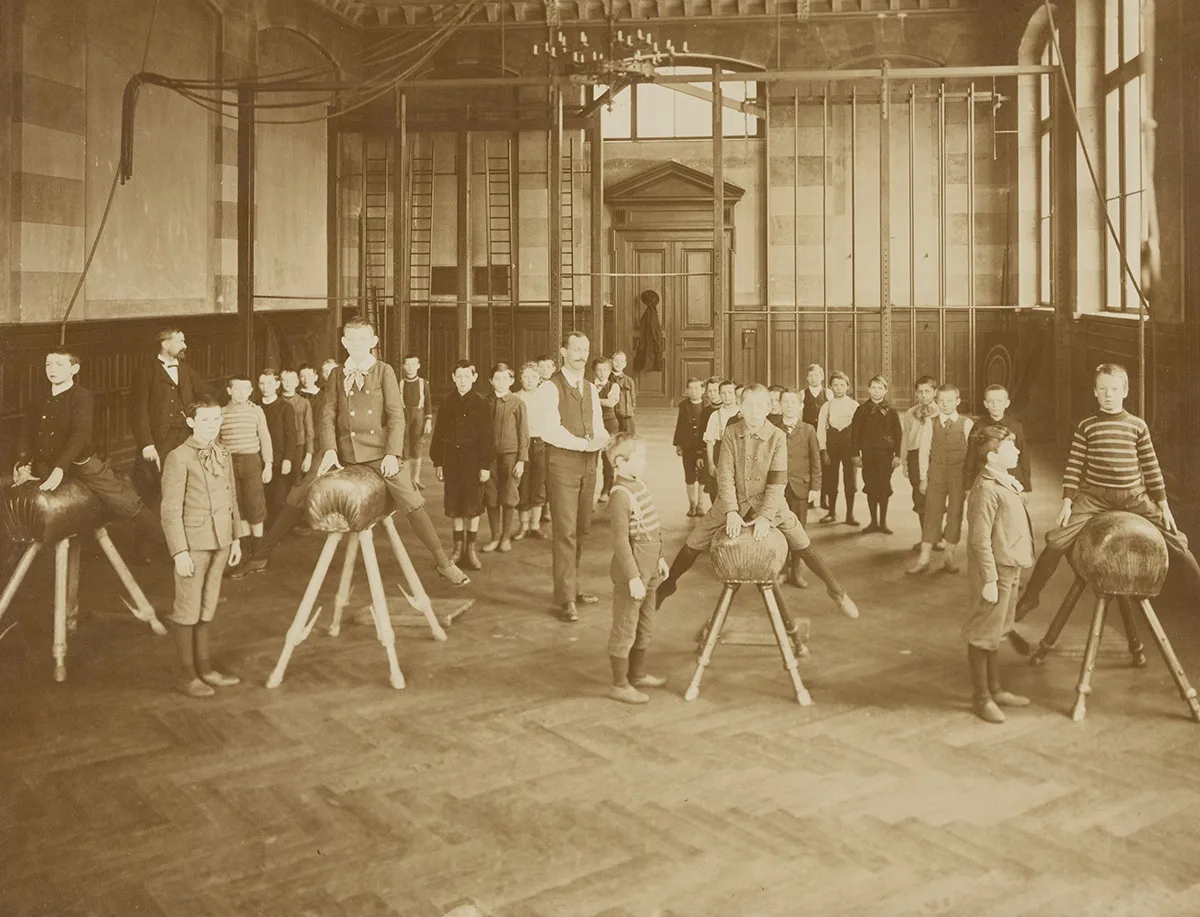
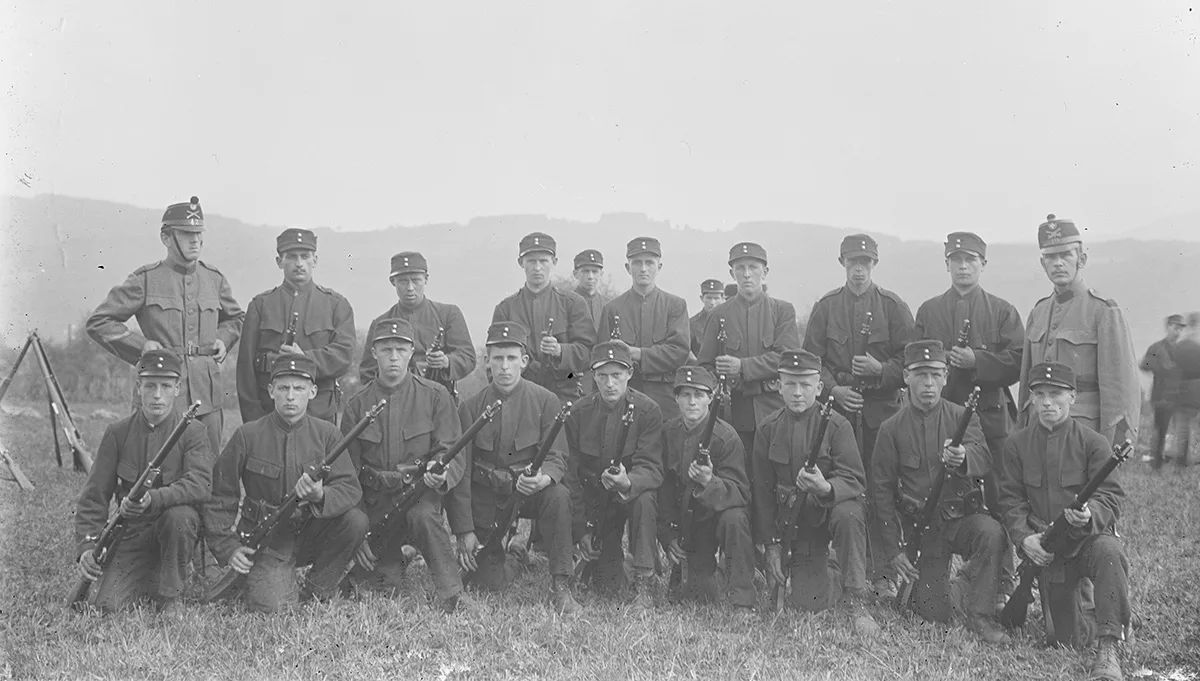
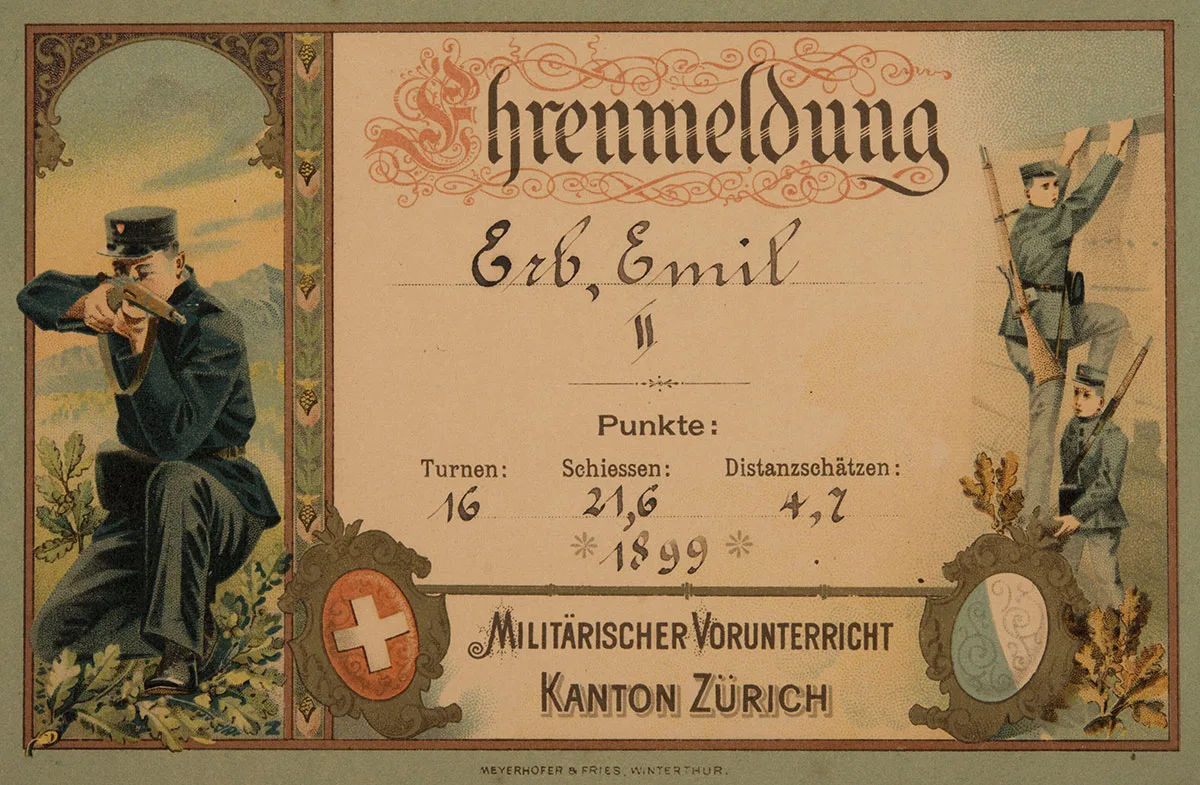
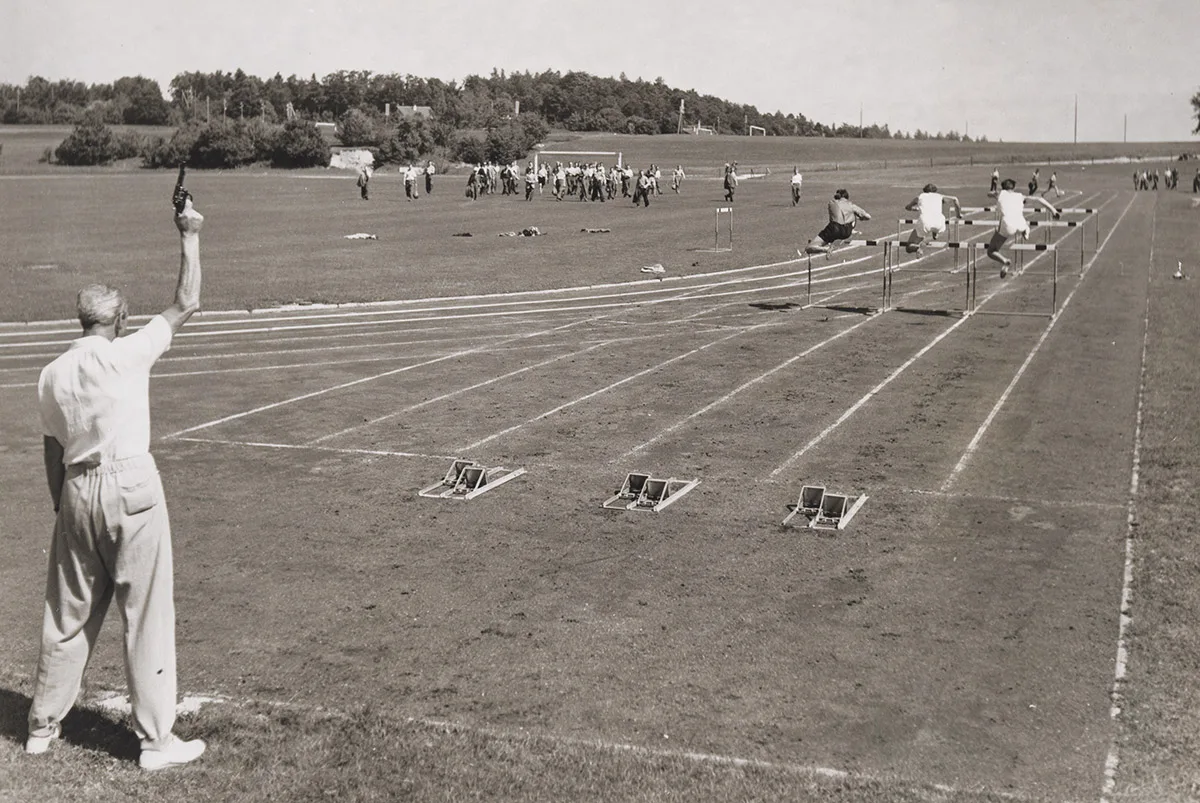
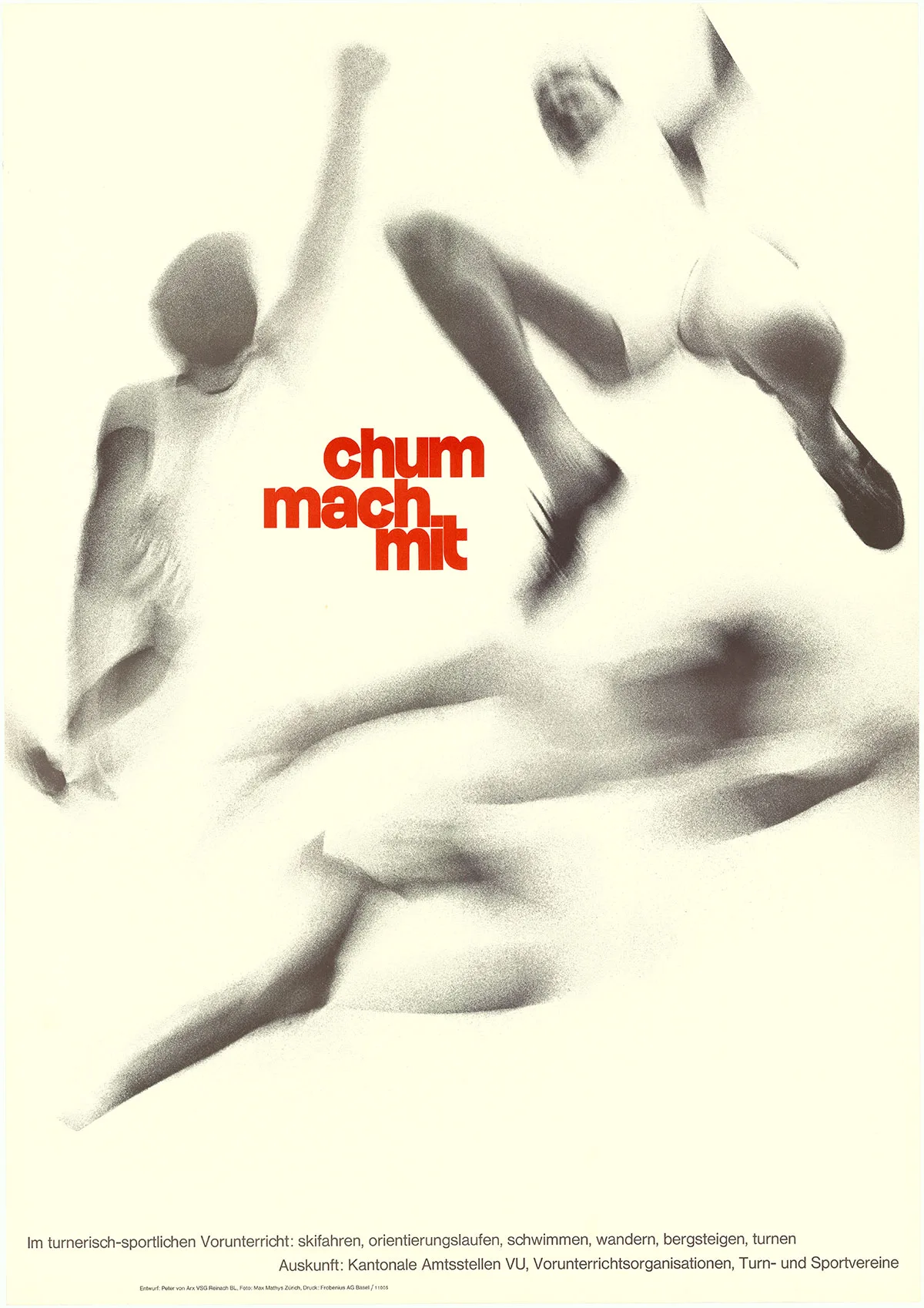
Swiss Sports History
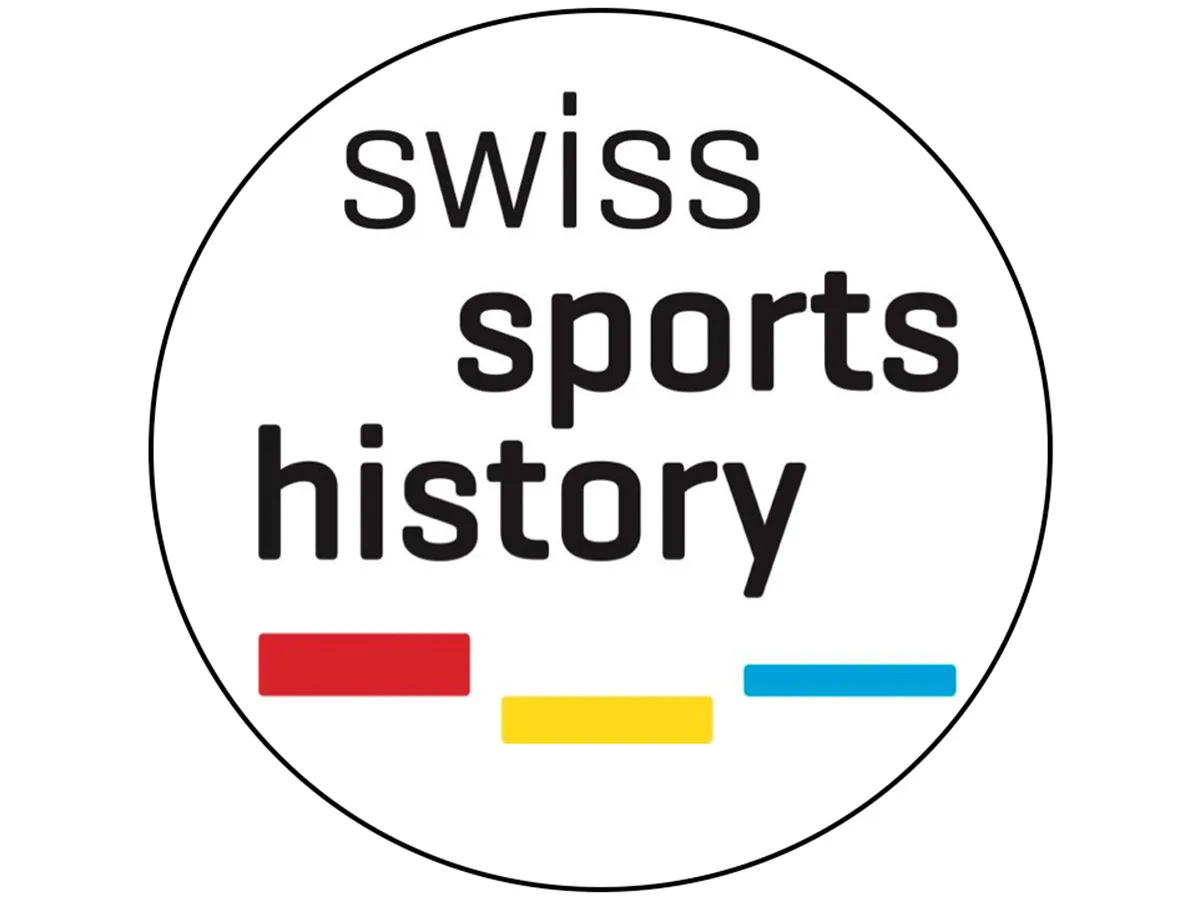
This text was produced in collaboration with Swiss Sports History, the portal for the history of sports in Switzerland. The portal focuses on education in schools and information for the media, researchers and the general public. Find out more at sportshistory.ch


